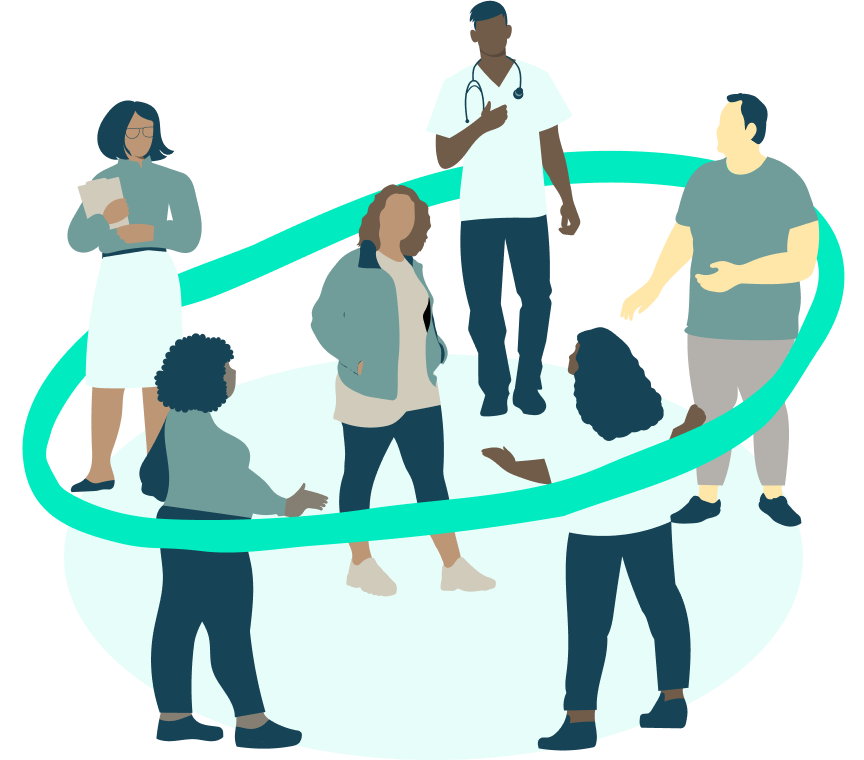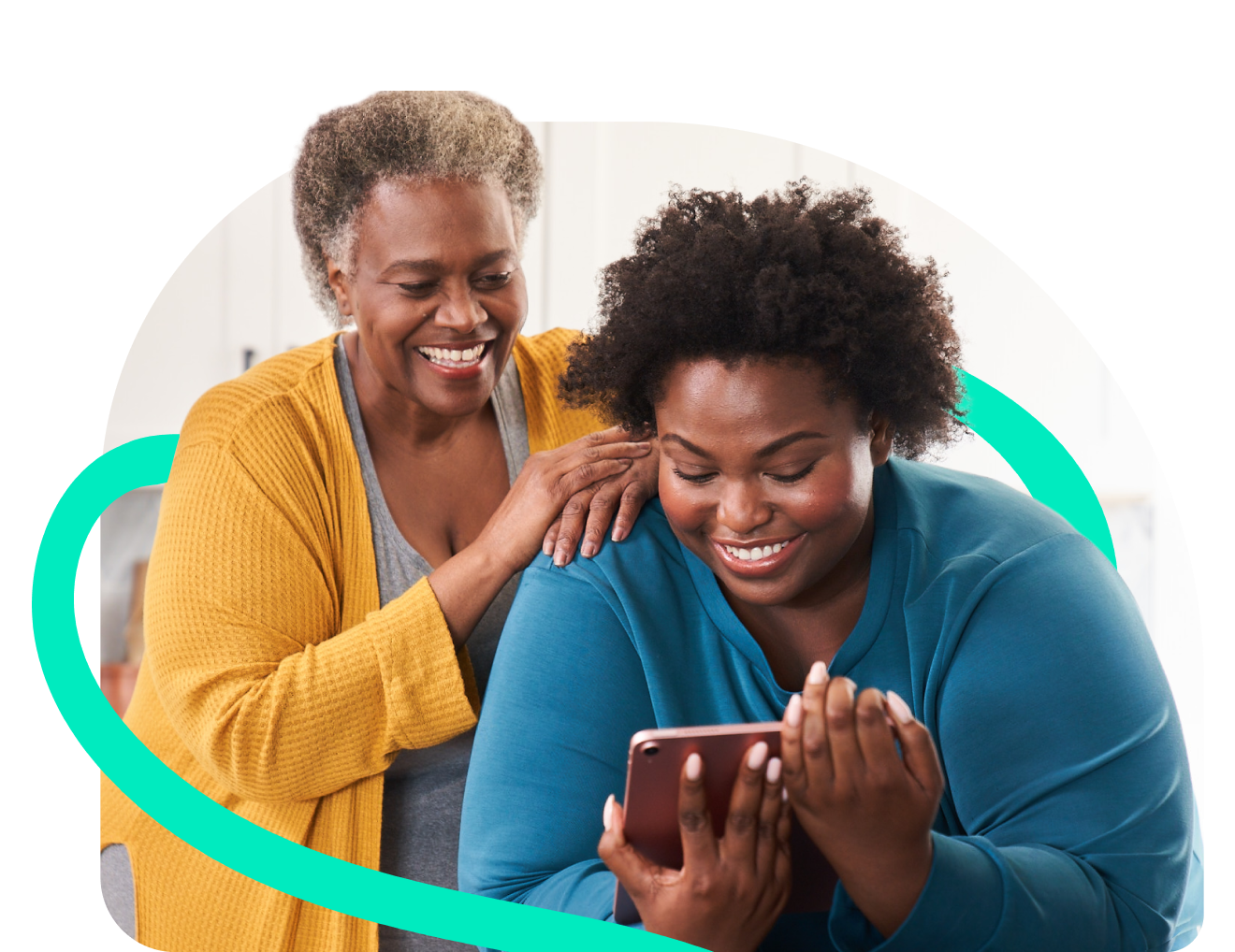Anorexia Treatment
Anorexia nervosa, commonly referred to as just anorexia, is one of the most well-known eating disorders. An estimated 1.2% of people worldwide will be diagnosed with anorexia during their lifetime, and though that number may seem small, it means that millions of people are living with this debilitating disease at any given moment.
Anorexia is characterized by a severe restriction of food intake accompanied by an intense fear of weight gain. Despite the focus on weight, anorexia isn’t a choice or a vanity issue; it’s a complex mental illness that emerges out of a variety of genetic, neurobiological, psychological, and environmental factors.
Anorexia is serious and can be life-threatening if left untreated, but with the right support, anyone struggling can achieve lasting recovery. Here’s what to know about treatment for anorexia.
Skip to a section
What anorexia treatment looks like
For decades, the default treatment for anorexia has been intensive in-person care, whether it be in an inpatient hospital setting, a residential facility (where patients live 24 hours a day), or a partial hospitalization program (where patients spend the majority of their time in treatment but return home to sleep).
But as we’ve come to better understand what actually works for treating anorexia, more and more evidence-based practitioners are moving away from this model.
Virtual treatment for anorexia
While some patients do require inpatient hospitalization in order to become medically stable, once they’re cleared by a doctor, there’s no reason to pursue in-person treatment over virtual care. In fact, research suggests that when people recover at home alongside their loved ones, it may improve their odds of achieving lasting recovery.
The virtual treatment model eliminates many of the hurdles to traditional treatment, including logistical, geographical, and financial barriers. It also means that patients don’t need to press pause on work, school, or the other things that matter in their lives in order to get better.
What to expect from anorexia treatment
Regardless of where treatment takes place, the first step of anorexia treatment should always be normalizing eating behaviors and achieving weight restoration (if necessary). As disordered eating behaviors decrease and a healthier weight is reached, patients often experience significant mental relief as a natural result. By addressing malnourishment and eating behaviors up front, patients are also better able to participate in therapy and make psychological and emotional progress—a malnourished brain doesn’t think clearly or take in new information well, so doing things in this order is important.
There are a number of potential therapeutic approaches for people with anorexia, and different treatment programs use different modalities based on various factors. Anorexia treatment may also include medical monitoring, meetings with a dietitian, and support groups.
Treatment for anorexia is multifaceted. Some of its components include:
Psychotherapy
Therapy plays an essential role in anorexia treatment. This work can have a variety of different goals, including determining the root causes of disordered behaviors, identifying triggers, building healthy coping skills, and strengthening relationships.
Nutrition therapy
Normalizing your eating habits is a cornerstone of eating disorder treatment. Nutrition therapy for anorexia involves restoring weight (if necessary), eating regular meals and snacks, and avoiding compensatory behaviors.
Support system
It’s possible to go through eating disorder treatment alone, but it makes the journey much more difficult and recovery less sustainable. That’s why a vital part of treatment is having trusted people with you every step of the way. Doing so can give you much-needed accountability, keep you motivated during challenging moments, and provide the emotional support you need to keep going.
What does anorexia treatment at Equip look like?
At Equip, we treat patients with anorexia using a comprehensive, multidisciplinary approach. The specifics of treatment are tailored to your unique needs, challenges, and life circumstances, but all Equip treatment includes education for both patients and their loved ones, a nutrition plan to achieve weight restoration (if needed), and individual therapy.
When you begin treatment for anorexia at Equip, you’re matched with a dedicated 5-person treatment team. Here’s who you’ll be working with:
Medical provider
Our medical providers include physicians, pediatricians, and psychiatrists, as well as registered nurses and nurse practitioners, all of whom have extensive experience treating eating disorders.
Anorexia often causes nutritional deficiencies, electrolyte imbalances, or other physical health issues that need to be addressed. After you’ve been cleared for medical stability, your Equip medical provider will monitor any health complications and manage prescriptions.
Licensed therapist
Our therapists include licensed clinical social workers (LCSWs), licensed marriage and family therapists (LMFTs), and associate marriage and family therapists (AMFTs), all of whom have specialized experience in treating eating disorders.
Your therapist will help you address the emotional and psychological issues that may be contributing to disordered behaviors, as well as identify triggers and develop healthy coping strategies. They’ll also help you work through any co-occurring conditions, like anxiety or depression.
Registered dietitian
All Equip dietitians are registered dietitians (RDs) or registered dietitian nutritionists (RDN) who have experience helping people recover from eating disorders like anorexia.
Nutritional rehabilitation (aka establishing regular eating patterns and addressing any nutritional deficiencies) is a core part of treatment for anorexia. Your dietitian will help you achieve that by developing an individualized meal plan, learning more about the nutrition you need to function optimally, and tuning into your hunger and fullness cues. They’ll also help you challenge fear foods, work through food-related anxieties, and manage post-meal distress.
Peer mentor
Equip peer mentors are people who have lived experience recovering from an eating disorder and have gone through specialized mentorship training.
Peer mentors provide a listening ear, unconditional support, and personal advice, and also serve as living reminders that full recovery is possible. Recovery is hard, and having someone who has been in your shoes and knows what it’s like can sometimes make all the difference.
Family mentor
Equip family mentors are people who have lived experience helping a loved one recover from an eating disorder and have gone through specialized mentorship training. They provide families with the empathy, guidance, and tools they need to support a loved one through the ups and downs of recovery.

Treatment modalities we use at EquipEquip treatment incorporates multiple different evidence-based modalities, and we adjust our approach based on your unique recovery and treatment goals. We use the following evidence-based treatments to craft a personalized anorexia treatment plan for each patient:
The leading evidence-based treatment method for young people with anorexia, FBT empowers families to help their loved one recover at home. With FBT, families (or chosen family) are a core part of treatment, providing accountability and supervision as patients normalize eating habits and stop disordered behaviors. Families are also brought into many treatment sessions and get extensive education about eating disorders and how to build a recovery-supporting environment at home.
CBT-E is a form of CBT meant specifically for treating eating disorders. It helps patients adjust thought patterns in order to reduce disordered behaviors, like the restrictive eating associated with anorexia.
DBT empowers patients to manage challenging emotions by using safe coping skills and leaning on supportive relationships, rather than turning to disordered eating. In anorexia treatment, you’ll learn tools for coping with the triggers and challenges that might otherwise lead you to restrict or engage in other disordered behaviors.

Equip can help
Full recovery is possible for everyone with anorexia, but it requires evidence-based treatment.
If you or someone you love is dealing with anorexia—or you’re worried they might be—don’t wait to get help. Anorexia doesn’t go away on its own, and early intervention is associated with better outcomes (but recovery is possible no matter how long you’ve been struggling.
Get in touch
Privacy PolicyNotice of Privacy PracticesSecurity PolicyTerms & ConditionsGood Faith EstimateYour Privacy Choices
All names, likenesses, and identifying information have been changed in accordance with privacy laws. Images are of models, not actual patients.
Your privacy is Equip's priority, we safeguard your health information with end-to-end data encryption and industry-leading secure cloud practices. Our platform is HIPAA-compliant and SOC2 certified, ensuring your data is always protected.
